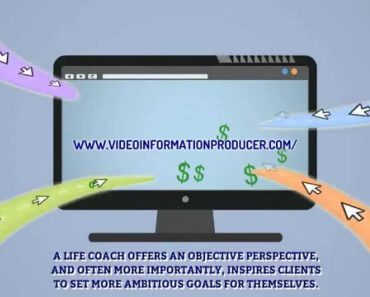Content marketing is always the main thing in the marketing strategies of any given business sort of company. Some serious statistics show how important content is. Marketers and buyers find content quite valuable and it reaps them great benefits at the end of the day. By doing it right, the content has great potential to change things and get you a great ROI.
Content marketing is not a fad. While there are so many fake things on the internet, you should be aware of how seriously search engine algorithms have changed. Google wants users to get what they look for immediately they type in the search bar.
The main issue with content marketing is that marketers are not aware of the best ways in which the right content ought to be delivered. The content has to be designed and formatted in the right manner. It should also be delivered to the right people and at the right time. This is the only way it can have a significant impact and the desired result.
If you want a great outcome with your content marketing strategies, you need to understand the audience. You also need to define the journey of the buyer. This helps you create content that applies and relates to what they are going through at the moment.
The Buyer’s Journey
A buyer’s journey refers to the entire process that users have to go through before making a purchase. This starts from the point where they are not aware of the existence of a problem to the point where the issue is solved by your brand.
This is what we refer to as the buyer funnel. Different steps come into play:
1. Top of the funnel or TOFU
This is the first step and where things begin. Here, the buyer may not be aware that a problem exists and may not be looking for solutions. There are cases where the buyer knows there is an idea and is actively looking doe a solution. At this point, they may not be interested in the solution. The main aim here is to make a connection with the customer and ensure that he realizes that the pain point exists and that a solution is available.
The buyer is not ready to purchase so the content should not be sales-focused or commercial. Give them information, as this is valuable at this stage.
2. Middle of the funnel or MOFU
At this stage, the buyer already knows there is a problem. He needs to be educated about the possible solutions needed. The buyer has to research more about the problem and then gather information on the available solutions. The focus should be on making him understand that the problem needs to be solved and that the company has the solution.
The buyer may not be ready to buy yet. However, at this point, he is weighing options and making considerations. It is important to act. The content offered here should be to educate the buyer and make them understand that there is a solution without coming across as pushy.
3. Bottom of the funnel or BOFU
Here, the goal is to transform the buyer and make him a customer since he is aware of everything. Here, the buyer may not have decided to buy. He is considering and comparing you to competitors. It is important to offer information that is needed so that the customer makes the best-informed choice. You could offer product demos, free trials, or implementation specs to convince him.
The buyer considers a lot of things at this point. He is trying to find out the best way to implement the solution being offered and if that solution works. He is also trying to figure out whether it is better than what the competitors have to offer and the cost.
You need to ensure that the buyer remains happy with the entire process. A satisfied customer always recommends the brand to others when asked. Most people claim that word of mouth is a great influencer in as far as purchasing is concerned.
Mapping content with the journey
Since we now understand why the buyer’s journey is important, you should know the best way to map the content with the different stages. This ensures that you get effective outcomes. This should not be taken lightly. If you deliver the wrong message at the wrong time, you end up frustrating the buyers and driving them away.
TOFU content:
For this content, consider creating blog posts and expert advice. This informs your audience more on the given subject or issue at hand. You should also consider using videos. People have become visual and that is why videos have grown in popularity.
MOFU Content:
For this, consider e-books. They can extend relationships by offering the customer so much value as he researches for solutions. E-books allow you to get email addresses so you can add more people to your list. Consider white paper, infographics, and webinars as well.
BOFU content:
Here, make use of explainer or demo videos. This offers the customer a better view of your product or service and makes it a bit personal. You can show them how their problems can be solved by your brand. The videos can be live or recorded.
Conclusion
The journey of the buyer remains a key element within the marketing strategy of any business. You need to match customer problems and needs with the correct content type. This should be along the different stages within the sales funnel. By doing so, you end up improving how effective content marketing is.
It makes a lot of sense to use the buyer’s journey to come up with the appropriate content strategy. It offers them the information that they need. In turn, they choose to make a purchase willingly and with all the necessary information at hand.
Read More: Affiliate Marketing Concepts That Will Actually Work


